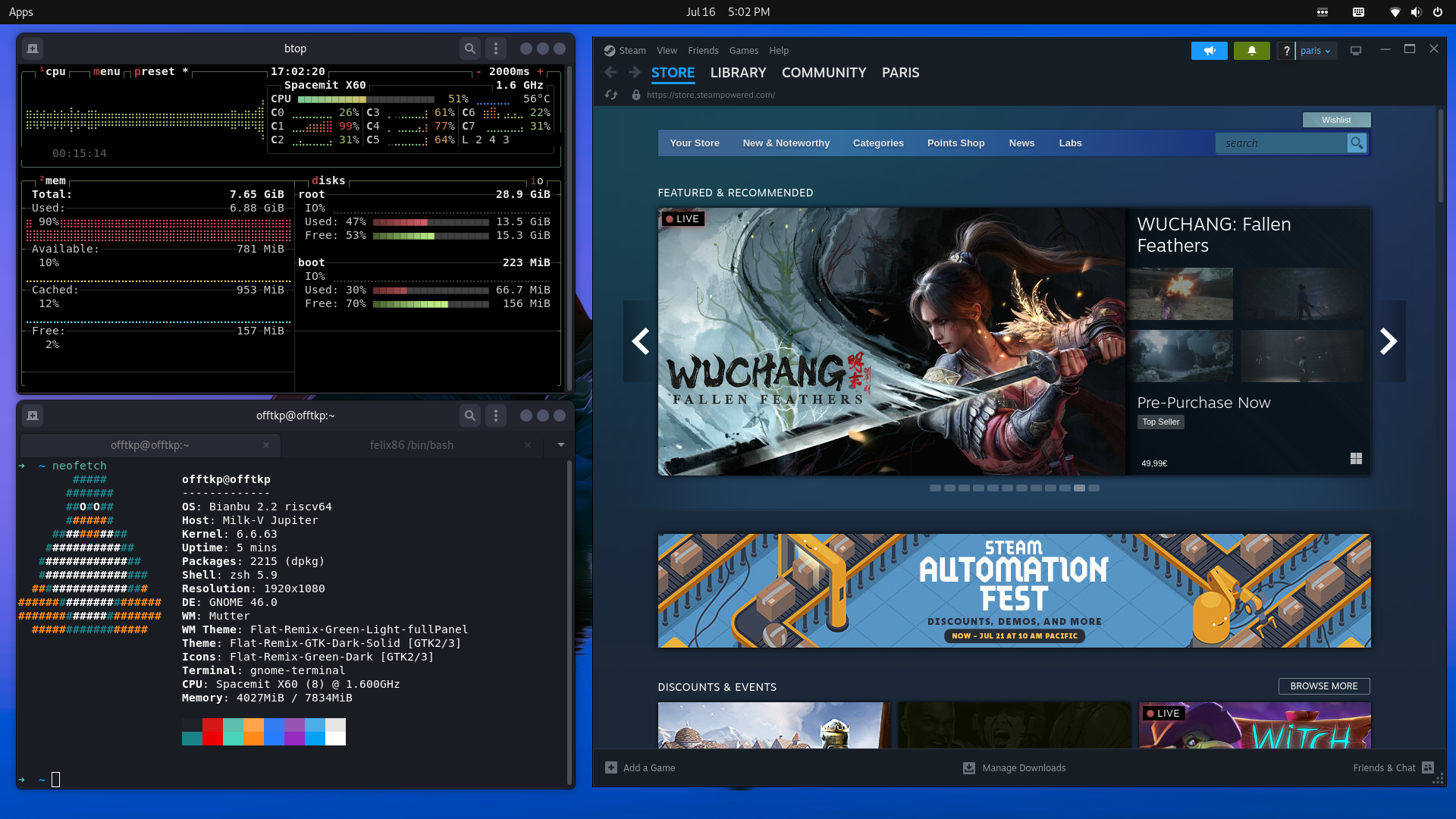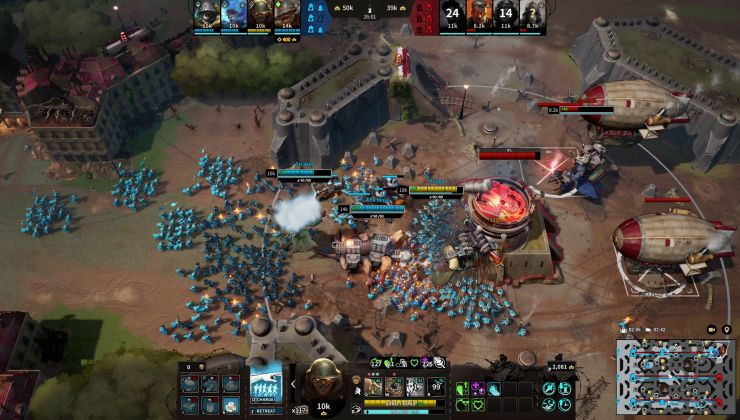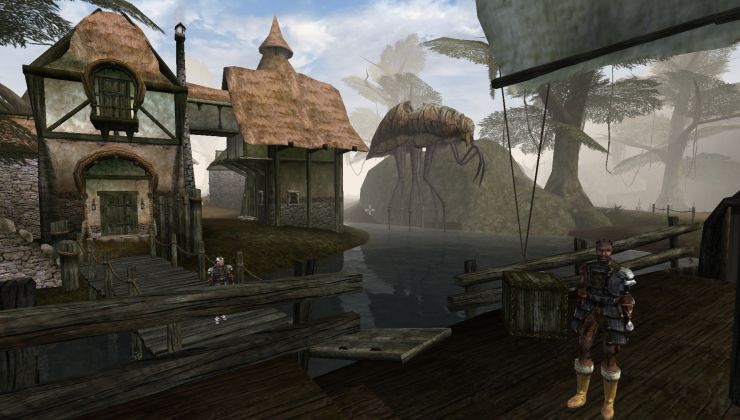You can now play some major games on RISC-V systems running Linux, thanks to the felix86 emulator that's really coming along. I covered the felix86 project initially here on GamingOnLinux back in May.
With RISC-V slowly and steadily growing in the background, it's great to see projects like this for gaming on more hardware. One of the developers emailed in to note they've "made quite a bit of progress since May" and that "Now, felix86 can run Windows titles like Crysis and Witcher 3 on RISC-V". Additionally, "we even got the Linux Steam client working, which means games that have Steam DRM can be played on RISC-V with felix86".
They sent along a screenshot of Steam running on their RISC-V board too:
The latest release from June 30th implemented a lot of what was missing to get to this stage, which they covered in a fresh blog post.
Amazing work by all the developers involved.
See more on the GitHub.
Cool to hear!
(No, I dont want to google)
Majority of today's (useable) RISC-V SBCs have integrated Imagination/PowerVR GPUs, and for those AFAIK there are no real functional drivers available (meaning drivers with HW accel capabilities).
Moreover, these GPUs only support OpenGL ES (e.g. mobile OpenGL, not "full" OpenGL). And (again AFAIK) Vulkan drivers are nowehre near ready... Even the desktop environments (and thus UI apps) do not have proper HW accel performance available...
So I'm not sure what exactly do Bianbu guys mean by the statement, or what they actually did/tried... :huh:
(Yes, it is possible to "McGyver" yourselves a proper GPU (usually old AMD grraphics) onto the PCIe slot - if your RISC-V SBC actually has any - and then try&miss and tinker with drivers and make it work... but there is absolutely zero official and/or standard support for this anyway...)
Last edited by Boldos on 17 Jul 2025 at 3:00 pm UTC
Correct, unfortunately there's no x86 drivers for the iGPUs in these boards. In some cases, felix86 can make use of those GPUs via thunking (ie. using the RISC-V userspace drivers -- calling into host libGL instead of guest etc) although because they only have GLES like you said, in some cases you'd have to use a compatibility layer like GL4ES. And even still, the PowerVR drivers just aren't great. So a lot of stuff won't work this way.
Personally I test stuff on an AMD GPU and hope that eventually we'll get better iGPUs with proper drivers and better support for GPUs overall (read: without needing to tinker with drivers/kernel patches or hacks)
What kind of machines includes RISC-V processors?https://milkv.io/pioneer
(No, I dont want to google)
What kind of machines includes RISC-V processors?There are also some like:
(No, I dont want to google)
- https://milkv.io/jupiter (built around SoC Spacemit K1/M1)
- https://milkv.io/titan (built around SoC UltraRISC UR-DP1000)
- https://docs.banana-pi.org/en/BPI-F3/BananaPi_BPI-F3 (built around SoC Spacemit K1/M1)
- https://www.sifive.com/boards/hifive-premier-p550 (built around ESWIN EIC7700X SoC)
- https://wiki.sipeed.com/hardware/en/lichee/th1520/lpi4a/1_intro.html (built around Alibaba TH1520 SoC; but this one has a *horrible* security bug on silicon; do NOT buy!)
Moreover, there are laptops, like:
- https://deepcomputing.io/product/dc-roma-risc-v-laptop-ii/ (built around SoC Spacemit K1/M1)
- https://www.techpowerup.com/332110/framework-releases-risc-v-mainboard-for-framework-laptop-13 (built around SoC StarFive JH7110)
- https://www.aliexpress.com/item/1005007204555493.html (built around insecure SoC Alibaba TH1520)









 How to setup OpenMW for modern Morrowind on Linux / SteamOS and Steam Deck
How to setup OpenMW for modern Morrowind on Linux / SteamOS and Steam Deck How to install Hollow Knight: Silksong mods on Linux, SteamOS and Steam Deck
How to install Hollow Knight: Silksong mods on Linux, SteamOS and Steam Deck